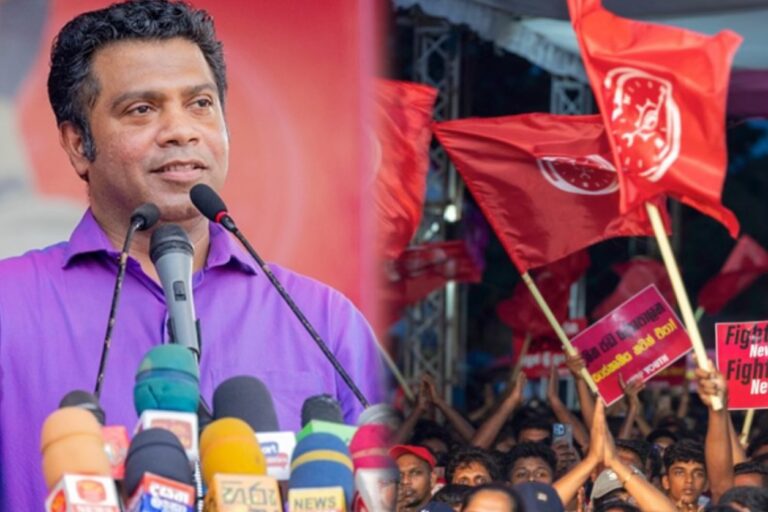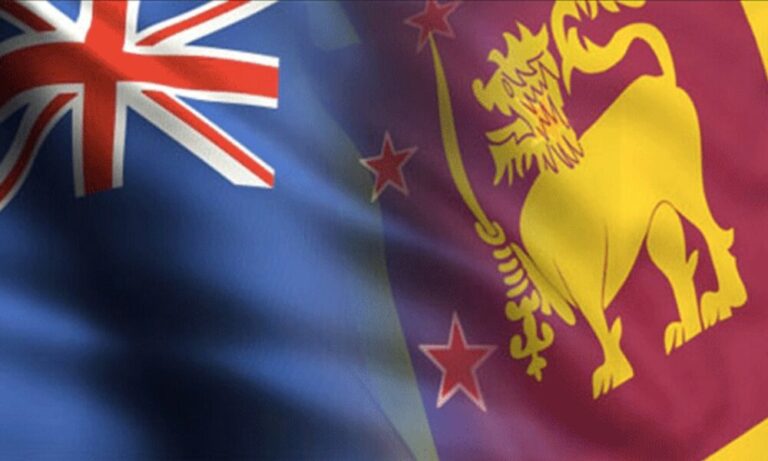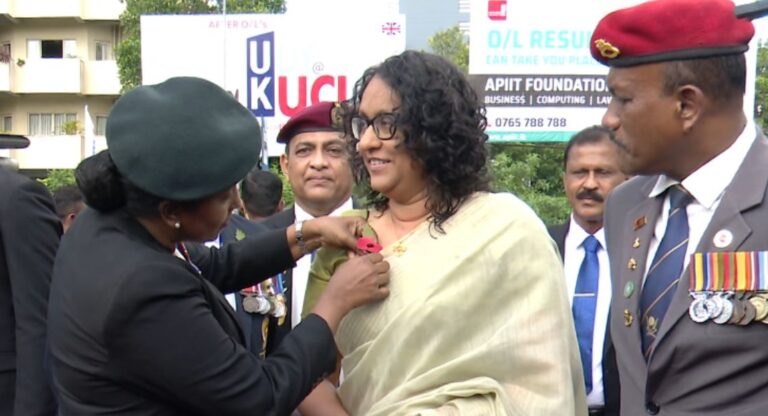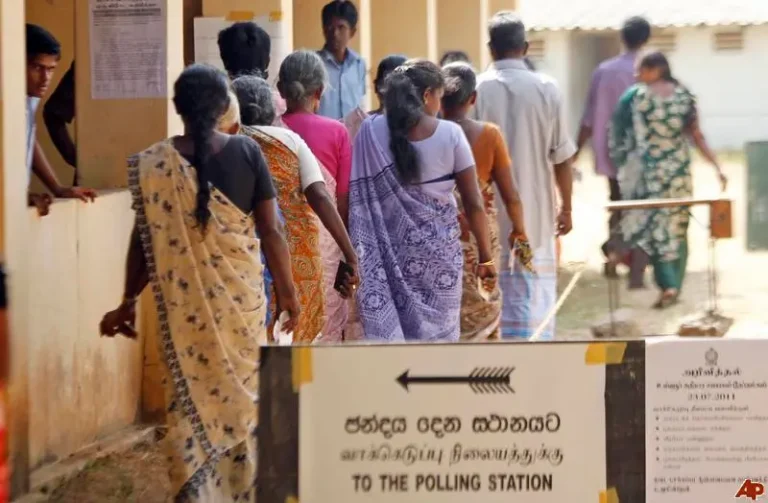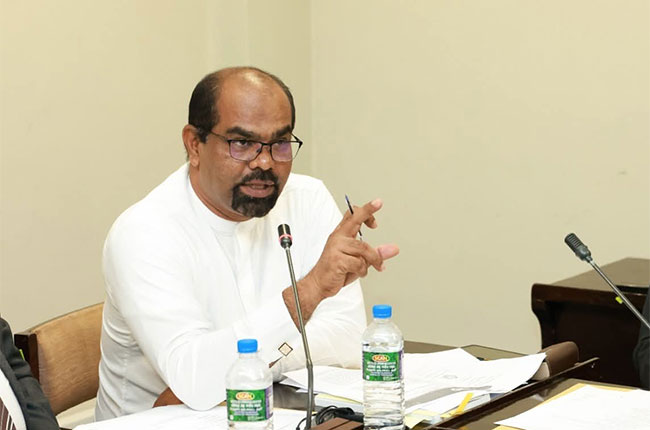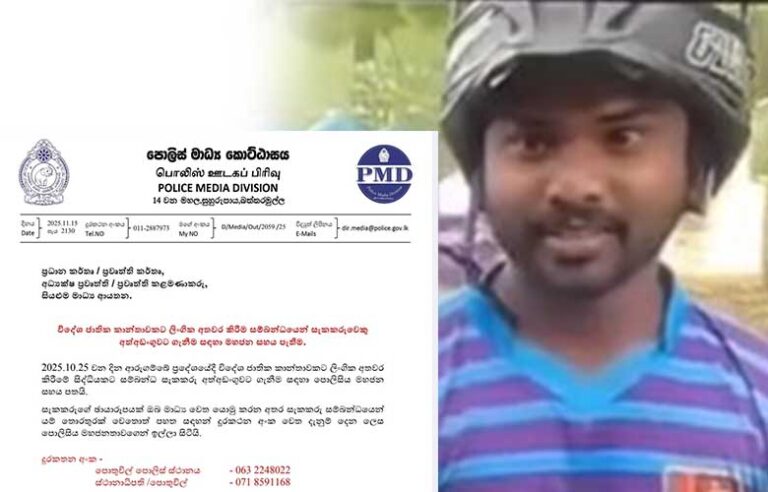By Adolf
The duplicity within the JVP–NPP government has now become a running joke among the public. What was once marketed as a movement of integrity, simplicity, and sacrifice is steadily being exposed as a political project built on half-truths, selective narratives, and theatrics. A recent example was their claim that former President Ranil Wickremesinghe had 39 advisors. What they conveniently failed to mention was how many of those advisors worked without pay and often travelled at their own expense. Even more ironic is that Duminda Hulangamuwa, who supported Wickremesinghe, now serves as an “economic advisor” to President Anura. Does he travel at his own expense? And since when does a tax advisor become an economic advisor? These contradictions reveal a government more focused on smearing predecessors than delivering results.
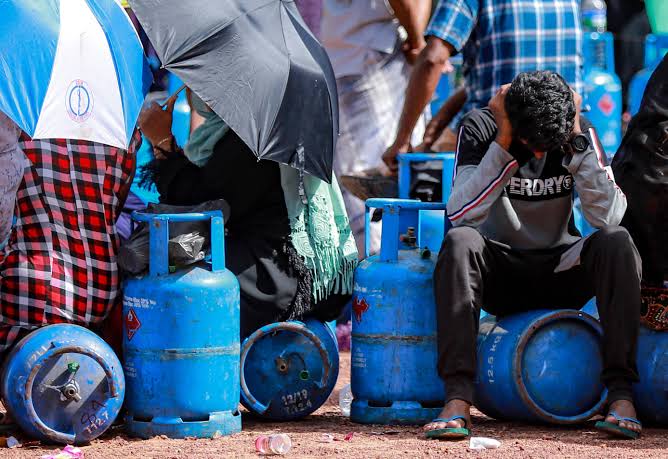
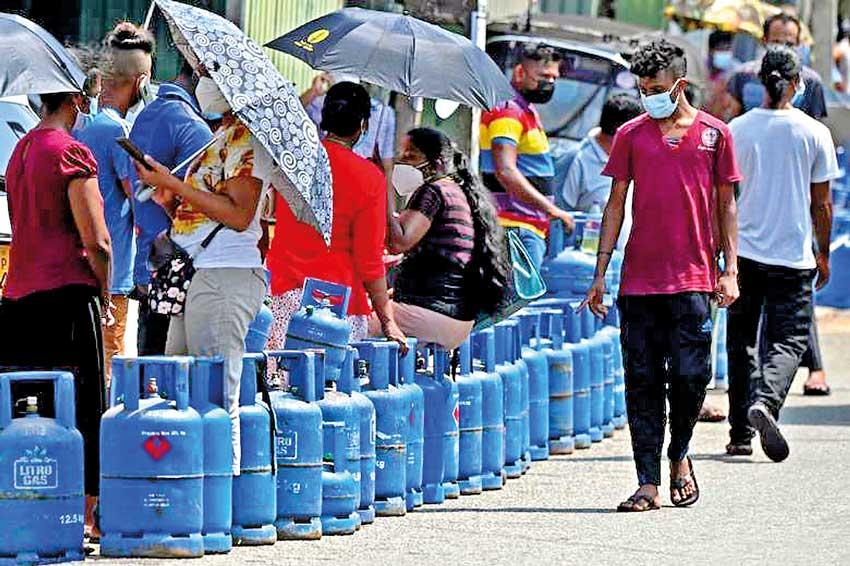

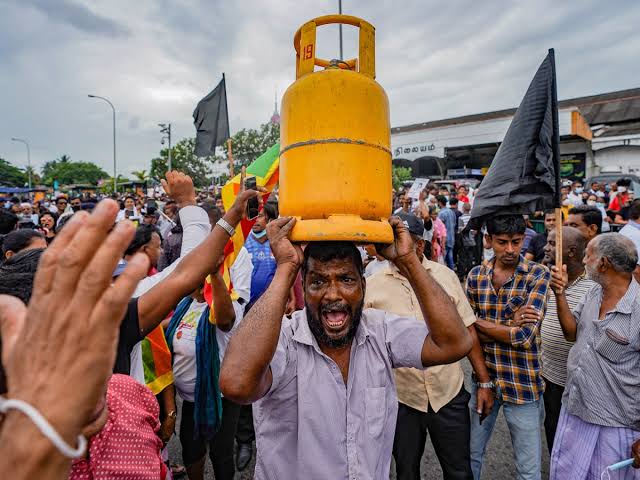
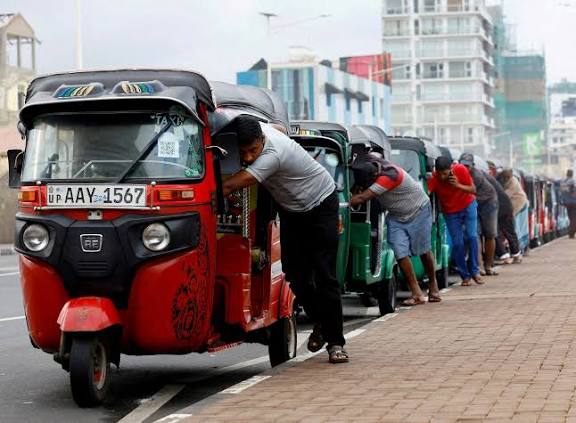
NPP government claim they fixed this also; what a joke?
From the outset, the JVP leadership projected themselves as champions of the ordinary citizen. They promised to live simply, travel simply, and lead by example. But, as MP Sujewa Senasinghe recently revealed, the reality is far different. Minister Nalinda and other senior figures who pledged to fly economy and avoid privileges have quietly upgraded their comforts, taking full advantage of state resources while lecturing the public on austerity.
The inconsistency is glaring. Sunil Handunnetti once dramatically claimed he wore torn underwear as a symbol of personal sacrifice. Today, he insists the poor must not depend on the government—an abrupt shift from populist humility to ideological detachment. This transformation isn’t merely ironic; it exposes the hollowness of their earlier public performances.
Another recent incident amplified this pattern of doublespeak. A team of policemen was dispatched—at state expense—to “verify” reports of a former president attending a university event. The government then claimed the visit was fabricated. But if it was fake, how did the former president attend the ceremony? The episode laid bare both administrative chaos and a political appetite for spectacle. This government seems far more interested in headline-chasing inquiries than in delivering steady, responsible governance.
Meanwhile, the NPP is losing cooperative elections across the country. These elections are closest to grassroots sentiment, and the results tell a clear story: frustration, disillusionment, and waning trust. Running the government strictly on the IMF’s austerity framework, combined with constant witch-hunts for public consumption, is eroding whatever goodwill they initially had. The theatrics may energize their diehard supporters, but they do nothing to tackle economic hardship or institutional drift.
The Prime Minister’s behaviour encapsulates this contradiction. He pledged to travel by bus and embody the “common man.” Instead, he began with a double cab and now travels in a Maybach Benz with a large security contingent. The contrast between words and actions could not be sharper. Anura Kumara Dissanayake is no different; his conduct mirrors the same pattern of preaching simplicity while embracing privilege.
If the NPP truly wishes to embody the values they claim to represent, they should learn from the poorest president the world ever had — José “Pepe” Mujica of Uruguay — who continued to drive his old Volkswagen Beetle even while serving as head of state. That was authenticity. What the JVP–NPP offers today is mere performance. Until they align their rhetoric with their behaviour, their credibility will continue to crumble — one contradiction at a time.

